Zongzi - Wikipedia
Your folders
Your folders

Ingredients
Export 1 ingredients for grocery delivery
Instructions
Step 1
^ After composing the Jiu Zhang ("Nine Declarations") part of the Chu ci; this according to Wang Yi, the ancient (Han dynasty period) commentator to Qu Yuan as a poet.[6] (More specifically, penning Lament for Ying portion of the Nine Declarations when the Qin general Bai Qi captured Yingtu, then the capital of Chu, in 278 BC[citation needed]). ^ The first year of Eastern Han (Year 1 of Jianwu era, 25 AD) to be more precise. ^ The claim that the zongzi dates to the Spring and Autumn Period occurs in a book by a non-expert (Dong Qiang [zh], a French literature professor and translator), and only an unnamed "Record" is cited as evidence.[18] Other web sources concur with this claim.[19] ^ Here following Ian Chapman who renders (tong zong) as "tubular zong".[16] ^ The original Shuowen Jiezi dates to c. 100 AD, but this character was added to the dictionary in the 10th century. The leaf plant is given as lu (simplified Chinese: 芦; traditional Chinese: 蘆; pinyin: lu), or "reed".
Step 2
^ Cantodict, 粽 (zung2 zung3 | zong4) : glutinous rice dumpling ^ .mw-parser-output cite.citation{font-style:inherit}.mw-parser-output .citation q{quotes:"\"""\"""'""'"}.mw-parser-output .id-lock-free a,.mw-parser-output .citation .cs1-lock-free a{background:linear-gradient(transparent,transparent),url("//upload.wikimedia.org/wikipedia/commons/6/65/Lock-green.svg")right 0.1em center/9px no-repeat}.mw-parser-output .id-lock-limited a,.mw-parser-output .id-lock-registration a,.mw-parser-output .citation .cs1-lock-limited a,.mw-parser-output .citation .cs1-lock-registration a{background:linear-gradient(transparent,transparent),url("//upload.wikimedia.org/wikipedia/commons/d/d6/Lock-gray-alt-2.svg")right 0.1em center/9px no-repeat}.mw-parser-output .id-lock-subscription a,.mw-parser-output .citation .cs1-lock-subscription a{background:linear-gradient(transparent,transparent),url("//upload.wikimedia.org/wikipedia/commons/a/aa/Lock-red-alt-2.svg")right 0.1em center/9px no-repeat}.mw-parser-output .cs1-subscription,.mw-parser-output .cs1-registration{color:#555}.mw-parser-output .cs1-subscription span,.mw-parser-output .cs1-registration span{border-bottom:1px dotted;cursor:help}.mw-parser-output .cs1-ws-icon a{background:linear-gradient(transparent,transparent),url("//upload.wikimedia.org/wikipedia/commons/4/4c/Wikisource-logo.svg")right 0.1em center/12px no-repeat}.mw-parser-output code.cs1-code{color:inherit;background:inherit;border:none;padding:inherit}.mw-parser-output .cs1-hidden-error{display:none;font-size:100%}.mw-parser-output .cs1-visible-error{font-size:100%}.mw-parser-output .cs1-maint{display:none;color:#33aa33;margin-left:0.3em}.mw-parser-output .cs1-format{font-size:95%}.mw-parser-output .cs1-kern-left,.mw-parser-output .cs1-kern-wl-left{padding-left:0.2em}.mw-parser-output .cs1-kern-right,.mw-parser-output .cs1-kern-wl-right{padding-right:0.2em}.mw-parser-output .citation .mw-selflink{font-weight:inherit}Roufs, T.G.; Roufs, K.S. (2014). Sweet Treats around the World: An Encyclopedia of Food and Culture. ABC-CLIO. p. 81. ISBN 978-1-61069-221-2. Retrieved November 5, 2016. ^ "'Chinese tamales' tastily fete culture". October 14, 2013. ^ http://luckyrice.com/grandma-hsiangs-chinese-tamales/ ^ Hawkes (1985), pp. 64–66. ^ a b Zhang, Hanmo (2018). "The Author as an Individual Writer: Sima Qian, the Presented Author". Authorship and Text-making in Early China. e Gruyter. p. 245. ISBN 9781501505195. JSTOR j.ctvbkk21j.9. ^ Ma, Xiaojing 马晓京 (1999), Zhongguo 100 zhong minjian jieri 中国100种民间节日 [100 kinds of folk festivals in China], Guangxi renmin chuban she, p. 200, ISBN 7-219-03923-9 ^ Chittick (2010), p. 111: "there is no evidence that he was widely worshiped or much regarded in popular lore prior to the sixth century CE". ^ Wu Jun (呉均; Wu chün (d. 520), Xu Qixieji. See below. ^ Lee-St. John, Jeninne (14 May 2009). "The Legends Behind the Dragon Boat Festival". Smithsonian Magazine. ^ Chi, Hsing (Qi Xing) (2000). "Chu Yuan". Classical and Medieval Literature Criticism. 36. Gale Research Company. pp. 125, 95 (in brief), 132 (notes). ISBN 0-78764-378-5.: "chiao-lung" ^ a b Chan, Timothy Wai Keung (July–September 2009). "Searching for the Bodies of the Drowned: A Folk Tradition of Early China Recovered". Journal of the American Oriental Society. 129 (3): 385 and n1. JSTOR 20789417. ^ Gujin Tushu Jicheng 『古今圖書集成』Book 51, excerpt from "Xu Qixieji《續齊諧記》 . ^ Chan (2009) citing Wu Jun Xu Qixie though not explicitly mentioning zong, only paraphrasing as "rice wrapped with five-colored strings".[12] ^ Jingchu Suishiji ^ a b c d Chapman, Ian, ed. (2014), "28 Festival and Ritual Calendar: Selections from Record of the Year and Seasons of Jing-Chu", Early Medieval China: A Sourcebook, Wendy Swartz; Robert Ford Campany; Yang Lu: Jessey Choo (gen. edd.), Columbia University Press, p. 479, ISBN 9780231531009 ^ The origin of tsungtsu Archived May 15, 2007, at the Wayback Machine ^ a b c Dong, Qiang (2016). Yinshi Juan 飲食卷 [Diet]. Wei Jingqiu 隗静秋 (tr.). Anhui People's Publishing House. p. 99. ISBN 9781921816918. ^ "端午吃粽子及粽子的历史演变历程". baijiahao.baidu.com. ^ a b c Gujin Tushu Jicheng 『古今圖書集成』 Book 51, excerpt from "Fengsu Tongyi《風俗通義》". ^ Hsu (2004), pp. 39–40. ^ Beijing Foreign Languages Press (2012). Chinese Auspicious Culture. Shirley Tan (tr.). Asiapac Books. p. 36. ISBN 9789812296429. ^ Li, Yunnan 李雲南 (2018), 田兆元; 桑俊 (eds.), "Jingchu diqu duanwu yinshi minsu tanxi" 荊楚地区端午饮食民俗探析 [Analysis of the folklore of eating and drinking habits on the Double Fifth in the Jingchu region], 『追本溯源——凤舟竞渡暨端午文化学术研讨会论文集』, Beijing Book Co. Inc., ISBN 9787307200487 ^ Wu, Yue 望岳 (2007). Ershisi jieqi 二十四節氣與食療 [Twenty-four solar terms prescribed food therapy]. Jilin Science and Technology Press 吉林科学技术出版社. ^ a b c "Zongzi fazhanjianshi." 粽子发展简史:古称 “角黍” 晋代加入中药材-新华网 [Brief developmental history of the zongzi dumpling..]. www.xinhuanet.com. ^ Zheng, Jinsheng; Kirk, Nalini; Buell, Paul D.; Unschuld, Paul U. (2016). Dictionary of the Ben Cao Gang Mu, Volume 3: Persons and Literary Sources. University of California Press. p. 313. ISBN 9780520291973. ^ Actually, "chestnut and jujube dates" (Chinese: 栗棗) were already documented in the Fengsu Tongyi account of zong.[20] ^ a b Jingchu Suishiji 《荊楚歲時記》(6th c.), under the "Summer Solstice" heading.[16] ^ Xu, Ruoxin 許若馨 (25 June 2020). "Duanwu jie / zong, zong, zong nage zi cai zhengcue?" 端午節|糉、粽、糭哪個字才正確?中文系講師端午節「糉」字逐個解 [Double Fifth Festival/zong, zong, zong which character is correct?]. Ming Pao 明報., citing scholar Hung Yeuk Chun 若震認. ^ "粽子大家都爱吃,粽子的起源你知道吗?来看看粽子的发展简史吧". baijiahao.baidu.com. ^ "端午节吃粽子的来历由来__中国青年网". news.youth.cn. ^ a b c d Schmidt, A.; Fieldhouse, P. (2007). The World Religions Cookbook. Greenwood Press. pp. 27–28. ISBN 978-0-313-33504-4. Retrieved November 5, 2016. ^ Thurman, Jim (June 9, 2016). "Where to Find Chinese Zongzi, the Sweet Pork-Filled Tamales Wrapped in Bamboo". L.A. Weekly. Retrieved November 5, 2016. ^ a b c d e f Liao, Y. (2014). Food and Festivals of China. China: The Emerging Superpower. Mason Crest. p. pt68. ISBN 978-1-4222-9448-2. Retrieved November 5, 2016. ^ Jing, J. (2000). Feeding China's Little Emperors: Food, Children, and Social Change. Stanford University Press. p. 105. ISBN 978-0-8047-3134-8. Retrieved November 5, 2016. ^ Mayhew, B.; Miller, K.; English, A. (2002). South-West China. LONELY PLANET SOUTH-WEST CHINA. Lonely Planet Publications. p. 121. ISBN 978-1-86450-370-8. Retrieved November 5, 2016. ^ a b Gong, W. (2007). Lifestyle in China. Journey into China. China Intercontinental Press. pp. 12–13. ISBN 978-7-5085-1102-3. Retrieved November 5, 2016. ^ a b Stepanchuk, C.; Wong, C.C. (1991). Mooncakes and Hungry Ghosts: Festivals of China. China Books & Periodicals. p. 47. ISBN 978-0-8351-2481-2. Retrieved November 5, 2016. ^ "Nyonya Rice Dumplings Recipe (Zong Zi) 娘惹粽子 - Huang Kitchen". ^ "中国到底哪里的粽子最好吃?". baijiahao.baidu.com. ^ "闽南正宗烧肉粽,清香四溢,油而不腻,保证让你回味无穷". baijiahao.baidu.com. ^ "各地区不同特色粽子,你都吃过吗?". baijiahao.baidu.com. ^ "不同地区的粽子,你了解多少?". www.sohu.com.
Top similar recipes
Curated for youYour folders

 537 views
537 viewsVegan Zongzi (Sticky Rice Dumplings...
okonomikitchen.com
5.0
(1)
Your folders
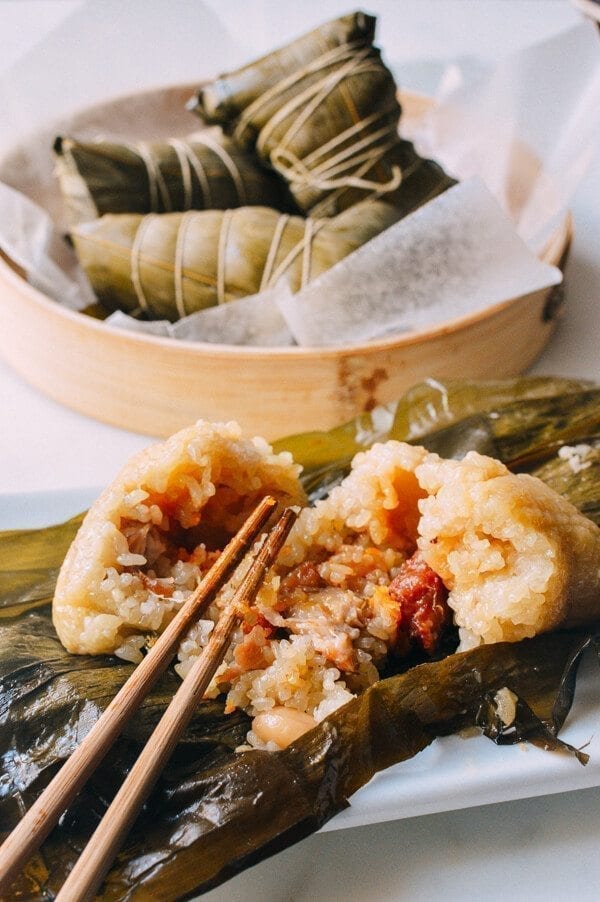
 535 views
535 viewsCantonese-Style Zongzi (Rice Dumpli...
thewoksoflife.com
4.7
(15)
480 minutes
Your folders

 262 views
262 viewsVegan Zongzi (Sticky Rice Dumplings...
veggiekinsblog.com
3 hours
Your folders

 67 views
67 viewsChinese Sticky Rice Dumplings (Zong...
saveur.com
Your folders

 265 views
265 viewsZongzi: Chinese sticky rice dumplin...
redhousespice.com
5.0
(11)
150 minutes
Your folders
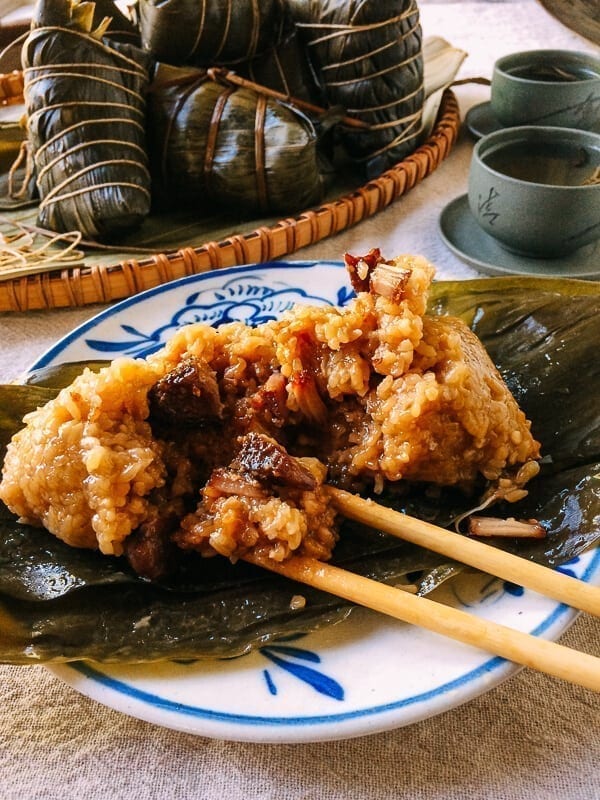
 497 views
497 viewsShanghai Style Pork Zongzi (Sticky ...
thewoksoflife.com
5.0
(9)
240 minutes
Your folders

 1358 views
1358 viewsBamboo Sticky Rice (Zongzi, Joong 咸...
madewithlau.com
5.0
(552)
600 minutes
Your folders

 642 views
642 viewsEasy Hokkien Bak Chang (Zongzi-Stic...
whattocooktoday.com
4.9
(18)
180 minutes
Your folders

 272 views
272 viewsBamboo Sticky Rice (Zongzi, Joong 咸...
madewithlau.com
5.0
(552)
600 minutes
Your folders
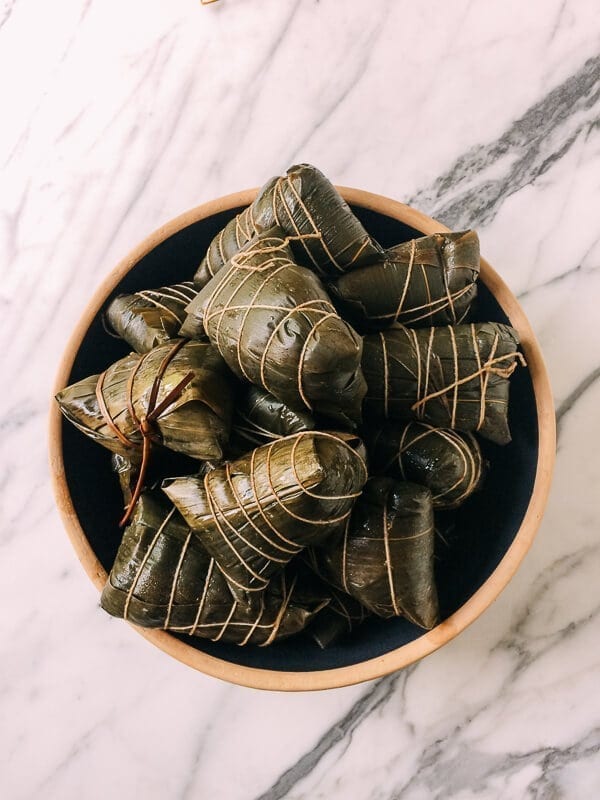
 322 views
322 viewsHow to Cook Zongzi in an Instant Po...
thewoksoflife.com
90 minutes
Your folders

 748 views
748 viewsCHINESE STICKY RICE IN BAMBOO LEAVE...
sammywongskitchen.com
5.0
(1)
180 minutes
Your folders
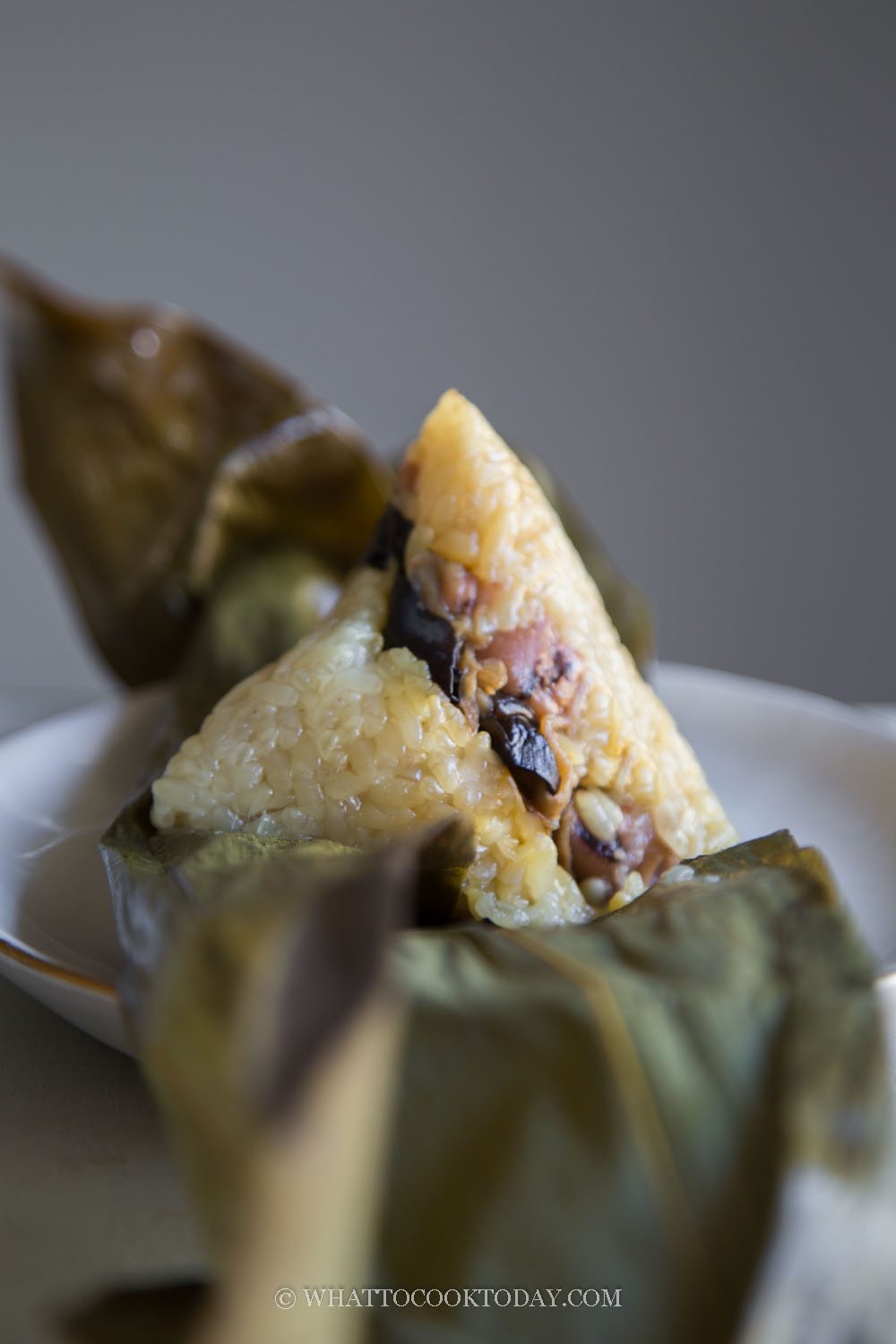
 269 views
269 viewsVegetarian Zongzi/ Sticky Rice Dump...
whattocooktoday.com
180 minutes
Your folders

 333 views
333 viewsHam - Wikipedia
en.wikipedia.org
Your folders

 314 views
314 viewsHam - Wikipedia
en.wikipedia.org
Your folders

 417 views
417 viewsLaksa - Wikipedia
en.wikipedia.org
Your folders

 290 views
290 viewsMakgeolli - Wikipedia
en.wikipedia.org
Your folders

 431 views
431 viewsSushi - Wikipedia
en.wikipedia.org
Your folders

 410 views
410 viewsGimbap - Wikipedia
en.wikipedia.org
Your folders
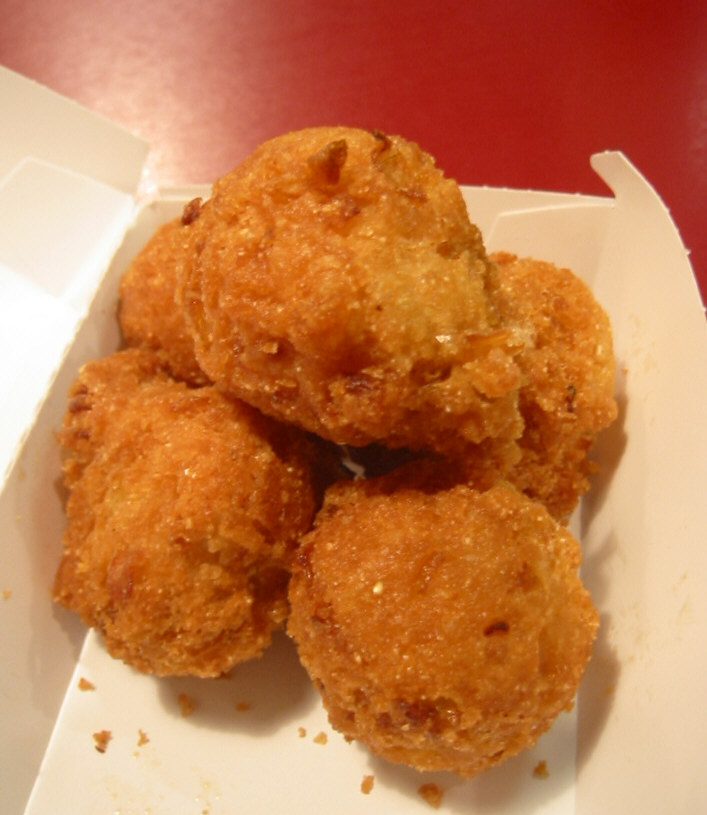
 72 views
72 viewsHushpuppy - Wikipedia
en.wikipedia.org